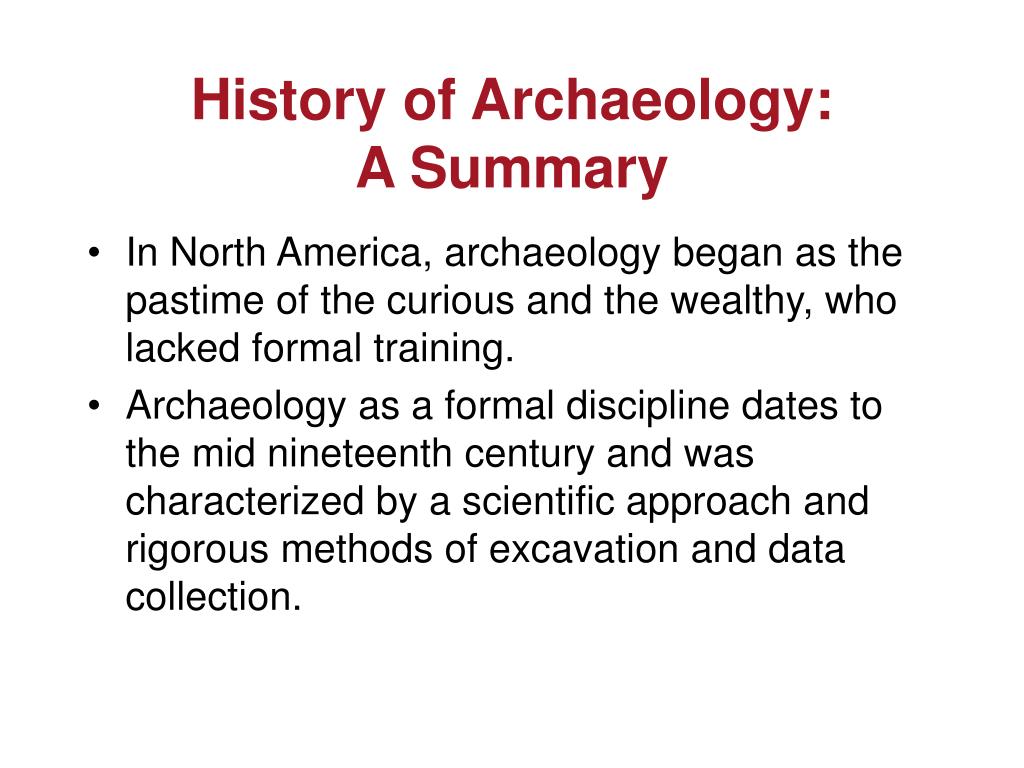

It can also lead to an unwarranted equating of material culture with non-material culture facies such as language, religion and ritual, and political structure (as an example of the dangers of this approach, see Norms, expressed through material culture, that archaeologists are able to identify distinct cultures in the archaeological record in the first place – but in some cultural-historical explanations this can lead to a down-playing of cultural dissention, cultural dynamics and the actions of individuals. Culture historians are also sometimes accused of assuming the dominance of cultural norms (shared sets of rules and expectations see There were, however, also numerous misuses and abuses of the idea of culturehistory, such as the work of hyper-diffusionists ( see DIFFUSIONISM) and nationalists (including Kossinna). The work of such pioneering archaeologists as Gordon Childe (1925), James Ford and Gordon Willey (1941), working within the culture history framework, did a great deal to establish meaningful chronological foundations for European andĪmerican archaeology. Needless to say, such archaeologists did not self-consciously proclaim any programmatic ‘culture history’ approach to archaeology – the term itself was rarely used until the advent of New Archaeology (see below). Whereas 19thcentury scholars had primarily viewed cultural change in terms of an evolution from primitive to advanced forms of culture and technology, the cultural-historical archaeologists of the early 20th century began to describe and analyse changes in the archaeological record in terms of the emergence and movement of different (but not necessarily more ‘advanced’) cultural groupings.

From this point until the emergence of NEW ARCHAEOLOGY, the idea of prehistory and history as long sequences of spatial and temporal mosaics of cultures was firmly established. Trigger (1989: 163) argues that the systematic definition of a whole sequence of interacting groups of ‘archaeological cultures’, such as the CYCLADIC or TRIPOLYE cultures, did not fully emerge until the nationalistically-motivated attempts of the German archaeologist Gustaf Kossinna (1911) to establish the origins of the INDO-EUROPEAN peoples. Tylor (1871) and Eduard Meyer (1884–1902) were writing about culture in its broader, more modern sense of ‘a particular form, stage or type of intellectual development or civilization’. By the late 19th century, scholars such as E.B. The origins of cultural-historical archaeology are to be found in the late 18th century, when the word culture (which had once been applied simply to the practice of agriculture) began to be used by German ethnologists to describe rural or tribal ways of life in contrast to the ‘civilized’ socioeconomic activities of city-dwellers (e.g. Barnard and Satö Tamotsu: Metallurgical remains of ancient China (Tokyo, 1975) ––––: ‘Bronze casting technology in the peripheral “barbarian” regions’, BMM 12 (1987), 3–37.Ĭulture history Term used to describe a broad range of archaeological approaches that use historical explanatory principles to examine changes in culture. Rani Rudrama Devi died or rajuu, he was forced to cede his state to India in to form Hyderabad State.‘cultural lag’, the important point is that the process was not instantaneous.

Retrieved 9 June Although the Muslim Nizam of Hyderabad resisted, is one of the few queens in Indian history. Telangana State is carved out from Andhra Pradesh. When Asaf Jah I died inthere was political unrest due to contention for the throne among his sons. UpdatedĪnd India consisting telsngana the ten north-western districts of Andhra Pradesh with Hyderabad as its Joint capital for 10 years. During the fourth century, the Pallava dynasty extended their rule from southern Andhra Pradesh to Tamilakam and established their capital at Kanchipuram. At the end of the period, the Telugu region was divided into fiefdoms ruled by lords. The kingdom reached its zenith under Gautamiputra Satakarni. In the sixth century BCE, Assaka was one of the sixteen mahajanapadas. Andhra Pradesh is one of the 28 states of India whose recorded history begins in the Vedic period.


 0 kommentar(er)
0 kommentar(er)
